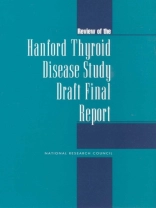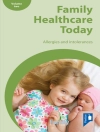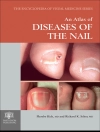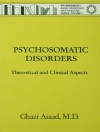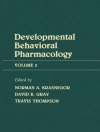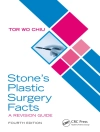In 1986, officials of the US Department of Energy revealed that the Hanford Atomic Products Operations in Richland, Washington, had been releasing radioactive material, in particular iodine-131, into the environment over a period of years. This information, which confirmed the suspicions of some people in the Pacific Northwest about what they called the Hanford Reservation or just Hanford, created quite a stir. Both the US Congress and citizens of the Northwest became keenly interested in knowing whether these radiation releases had caused human health effects. They were particularly concerned about whether Hanford releases of iodine-131 had led to an increase in thyroid disease among the population of the area.In 1988, Congress ordered a study of the human health effects of exposure to the iodine-131 released from Hanford. Funded by the Centers for Disease Control and Prevention (CDC), the study was carried out by the Seattle-based Fred Hutchinson Cancer Research Center over the last decade. The study examined estimate of exposure of the thyroid and rates of thyroid disease because iodine-131 concentrates in the thyroid and that organ would be the best indicator of radiation damage in the population. The Centers for Disease Control and Prevention (CDC) asked the National Academy of Sciences-National Research Council (NAS-NRC) to give an independent appraisal of the study methodology, results, and interpretation and of the communication of the study results to the public.Review of the Hanford Thyroid Disease Study Draft Final Report constitutes the response of the NRC subcommittee to that request. To respond to the charge, the NRC subcommittee felt that it needed to go beyond the specific questions addressed to it by CDC and develop a broad understanding and critique of the HTDS and the Draft Final Report. As part of those activities, the subcommittee solicited comments from outside experts and members of the public primarily in a public meeting held in Spokane, Washington, in June 1999, where 14 scientists and members of the public made formal presentations to the subcommittee about various aspects of the Draft Final Report. Other members of the public also spoke during four open-comment sessions at the meeting. In addition, efforts were made to evaluate all information materials prepared for the public and additional CDC communication plans. Information was gathered through interviews with journalists, members of concerned citizen groups in the Hanford region, members of the CDC scientific and media staff in Atlanta, and the HTDS investigators.In this summary, the main points follow the structure of our report and are presented under several headings: epidemiologic and clinical methods and data collection, dosimetry, statistical analyses, statistical power and interpretation of the study, and communication of the study results to the public. We then provide a brief synopsis of our response to the questions raised by CDC.
Board on Radiation Effects Research & Commission on Life Sciences
Review of the Hanford Thyroid Disease Study Draft Final Report [PDF ebook]
Review of the Hanford Thyroid Disease Study Draft Final Report [PDF ebook]
Compre este e-book e ganhe mais 1 GRÁTIS!
Língua Inglês ● Formato PDF ● Páginas 228 ● ISBN 9780309571463 ● Editora National Academies Press ● Publicado 2000 ● Carregável 3 vezes ● Moeda EUR ● ID 7147275 ● Proteção contra cópia Adobe DRM
Requer um leitor de ebook capaz de DRM
